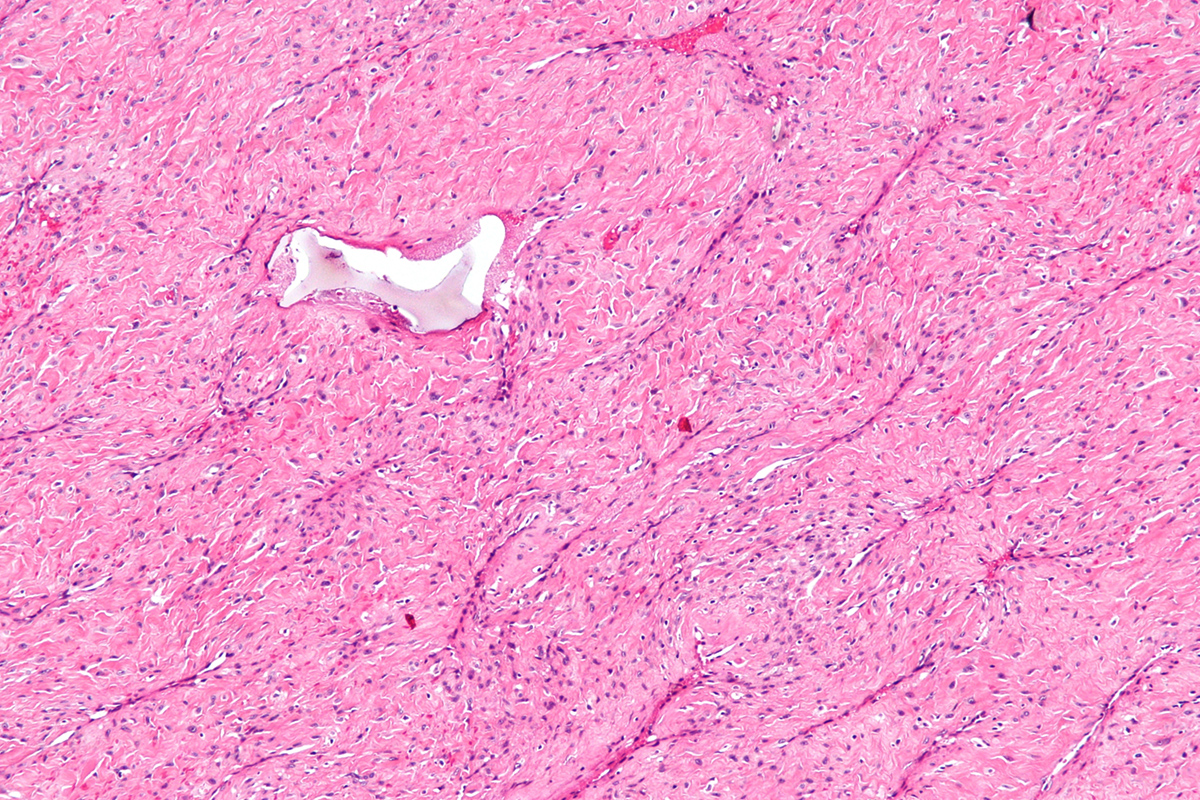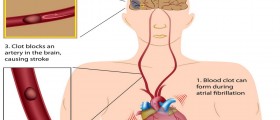
Children who have the complex congenital heart defections need a palliative surgical procedure. The procedure is simply called the Fontan procedure. The procedure is about directing the venous blood from right atrium to pulmonary arteries without involving morphologic right ventricle. In the official medicine that would be a tricuspid atresia surgical treatment.
Today the Fontan procedure is done only to children with one proper ventricle because of the deformity of a heart valves. The same procedure is done if a child has the extraordinary blood pumping ability of the heart or a complex congenital heart disease with inability to obtain. Single effective ventricle is obtained on birth or due to a surgery called Norwood procedure.
Children with this condition often go to extremes: from insufficient blood supply to lungs, to extra supply of the blood. It is when one efficient ventricle have to do double work of pumping blood to and from the lungs. Children with such condition are extra skinny and are very sensitive and easily getting cold or other illnesses. A dose of diuretics may help.
Contraindications
Some children with high pulmonary vascular resistance can't have Fontan procedure: in such case cardiac catheterization may help to determine resistance before doing any surgery. There are 3 types of Fontan procedure connection surgeries:
• Extra cardiac total cavopulmonary • Intracardiac total cavopulmonary • Atriopulmonary
Surgery
The Fontan procedure is palliative procedure and it is meant to provide normal or almost normal development and normal life to a child. But if the procedure fails patient would need a heart transplantation. There are two phases of Fontan procedure surgery:- First phase,is a Bidirectional Glenn procedure or Hemi-Fontan procedure and it is about returning blood with not enough oxygen from upper level to lungs. The superior vena cava (SVC) interrupts connection from heart and gets to be redirect to the pulmonary arteries. In that case, inferior vena cava (IVC) reconnects lower body to the heart. This is the way to create balance for overworked single ventricle. But even after this phase the ventricle does a little extra work.
- Second phase,is a Fontan completion, and it means that blood is redirected from IVC to lungs. It is when blood with not enough oxygen runs from upper to lower body but only passing through lungs without pumping.
Post-operative complications
Post operative complications involve fluid hanging around the lungs. Some children need to stay longer hospitalized for the procedure of drainage with the chest tubes. Surgeon makes a little hole from the venous circulation, to come in the atrium. The little hole let the poor oxygen blood out to relieve the pressure. The entire procedure may end with hypoxia. However there are long-term risks like insufficiency of chronic and losing enteropathy renal protein and therefore some patients need blood thinner medications for very long time.
















Your thoughts on this
Loading...